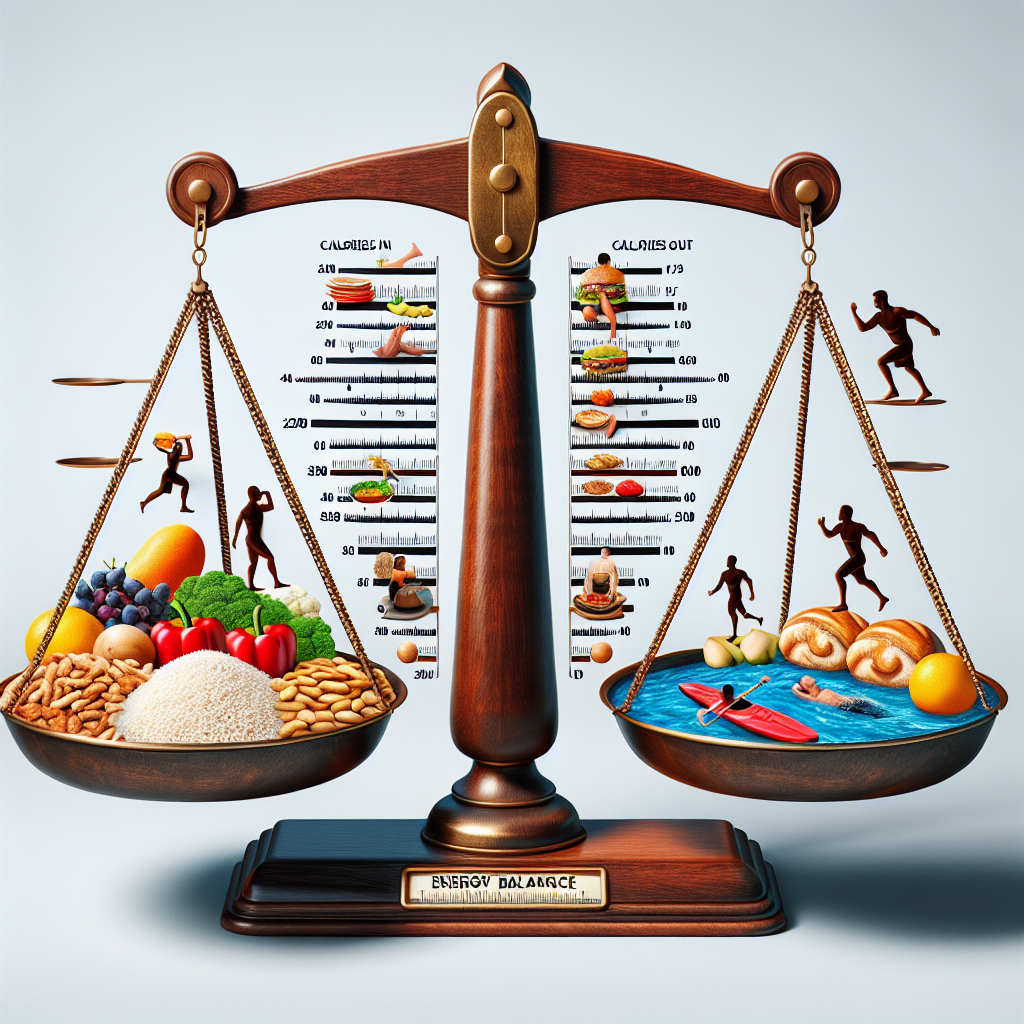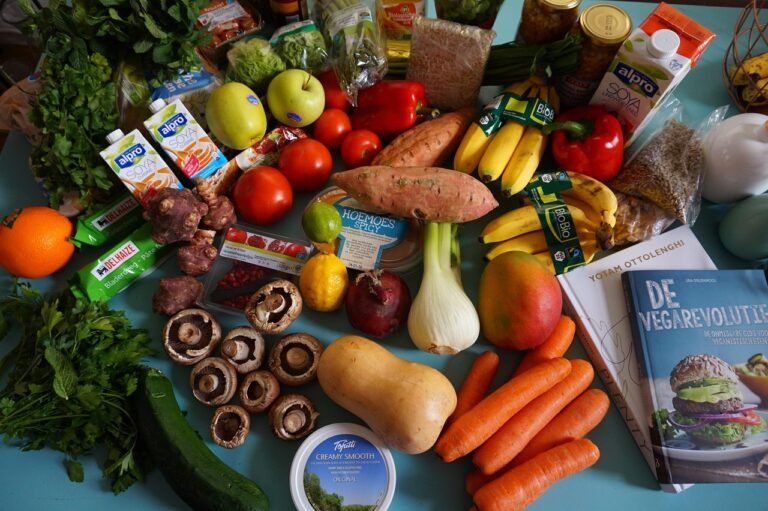Energy balance explained: how calories in vs calories out actually works
Nutrition fundamentals
– Energy balance explained: how calories in vs calories out actually works
– Nutrient density vs calorie density and why it matters
– Bioavailability: how food matrix and preparation affect nutrient absorption
– Glycemic index vs glycemic load: practical use and limitations
– Hydration science: beyond “8 glasses a day”
Macronutrients
– Protein quality, leucine threshold, and muscle protein synthesis
– Carbohydrates: fiber types, resistant starch, and glucose curves
– Dietary fats demystified: saturated, unsaturated, and trans fats
– Omega-3 vs omega-6 balance: sources, ratios, and inflammation
– Low-carb vs low-fat for weight loss: what the evidence says
Micronutrients
– Vitamin D: sun, diet, supplementation, and dosing controversies
– Iron 101: heme vs non-heme, enhancers, inhibitors, and anemia
– Magnesium’s role in sleep, stress, and metabolic health
– B12 on plant-based diets: meeting needs safely
– Iodine and thyroid health in modern diets
Gut health and the microbiome
– Prebiotics vs probiotics vs postbiotics: who does what?
– Fermented foods vs fiber for gut health
– The gut-brain axis: how diet influences mood and cognition
– FODMAPs for IBS: step-by-step guide and pitfalls
– SIBO, dysbiosis, and elimination diets: separating myth from evidence
Metabolic health and chronic disease
– Dietary patterns for heart health: DASH, Mediterranean, and more
– Nutrition strategies for fatty liver disease (NAFLD)
– Sodium, potassium, and dietary approaches to hypertension
– Dietary fiber and cancer risk: what’s the connection?

– Nutrition for PCOS: insulin resistance, inositol, and lifestyle
Life stages and special populations
– Prenatal nutrition: folate, choline, iodine, and fish safety
– Infant feeding: breastfeeding, formula, and allergen introduction
– Fueling adolescents: growth spurts, iron, and energy needs
– Menopause nutrition: bone, heart, and body composition
– Nutrition for older adults: sarcopenia prevention and protein needs
Dietary patterns and philosophies
– Mediterranean diet beyond olive oil: legumes, herbs, and lifestyle
– Plant-based diets: complete proteins and micronutrient pitfalls
– Low-carb and ketogenic diets: therapeutic uses and risks
– Intermittent fasting and time-restricted eating: who benefits?
– Gluten-free when you don’t have celiac: pros, cons, and pitfalls
Behavior and psychology of eating
– Habit formation for healthier eating (cue, routine, reward)
– Mindful and intuitive eating: evidence and practice
– Emotional eating and stress: strategies that work
– The ultra-processed food debate and food reward
– Building sustainable meal routines for busy schedules
Sports and performance nutrition
– Protein timing for athletes: distribution and total intake
– Carbohydrate periodization for endurance and team sports
– Hydration and electrolytes in heat, humidity, and altitude
– Creatine: strength, cognition, and myths
– Recovery nutrition: antioxidants, sleep, and inflammation
Weight management
– Metabolic adaptation and weight-loss plateaus explained
– Satiety-centric eating: protein, fiber, and volume

– NEAT and micro-activity: hidden drivers of energy balance
– Diet breaks and refeeds: do they help adherence?
– Body recomposition: lose fat while gaining muscle
Sustainability and food systems
– Climate-smart eating: shifts with the biggest impact
– Seafood sustainability: omega-3s, mercury, and the environment
– Regenerative agriculture and nutrient density claims
– Reducing food waste at home without sacrificing nutrition
– Organic vs conventional: nutrients, pesticides, and cost
Culinary and practical skills
– Batch cooking and freezer-friendly staples for busy weeks
– Flavor-building with herbs and spices to cut sodium
– Cooking methods and nutrient retention: steaming, sautéing, roasting
– Quick balanced breakfasts that actually keep you full
– Eating out smart: decoding menus and portions
Supplements and functional foods
– Do multivitamins help? Who needs them and who doesn’t
– Omega-3 supplements vs fish: EPA/DHA dosing and absorption
– Collagen peptides: skin, joints, and protein completeness
– Probiotic selection: strains, CFUs, and targeted uses
– Adaptogens and nootropics: separating hype from data
Policy, tech, and misinformation
– Decoding nutrition labels: added sugars, fiber, and serving sizes
– Ultra-processed foods and health: understanding NOVA classification
– Why nutrition headlines mislead: study design 101
– Personalized nutrition: CGMs, microbiome kits, and limitations
– Food deserts, affordability, and nutrition equity



